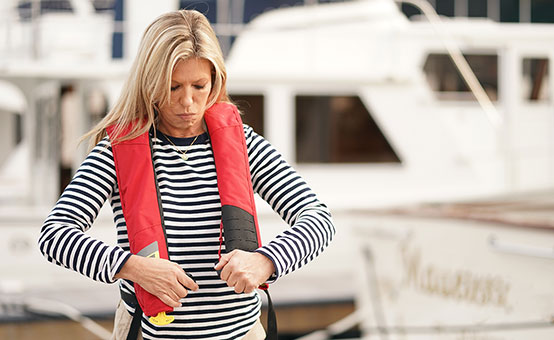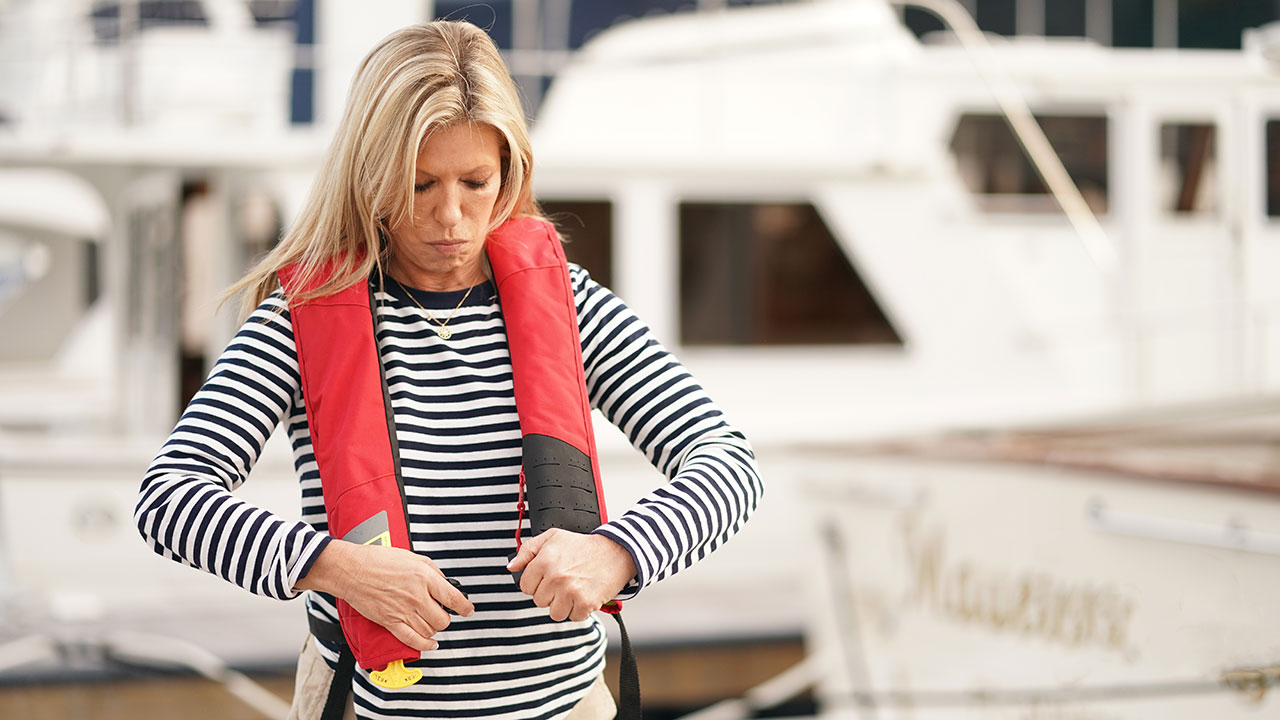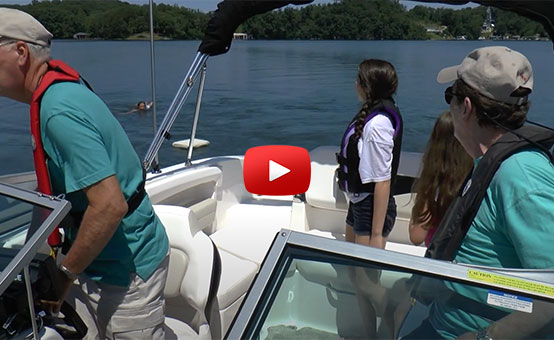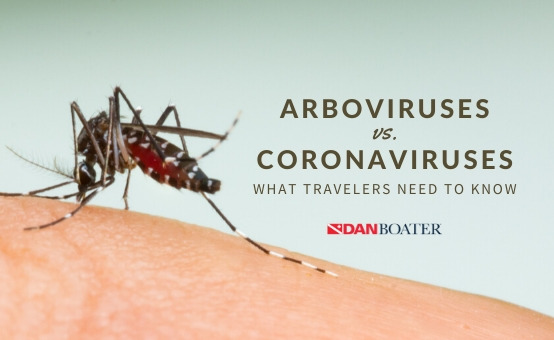

By DAN Boater
BOATING SAFETY | May 4, 2020
If you're concerned that your personal floatation devices (PFD) may have been exposed to a virus, including the coronavirus, the Life Jacket Association recommends following the manufacturer's cleaning instructions for your specific devices and taking special precautions against COVID-19 before reusing them.
To clean your inherently buoyant (e.g. foam) life jackets, follow the same guidelines as above. The difference here is that foam PFDs may be fully submerged.
Are there any special safety precautions for re-using life jackets that may have been exposed to COVID-19?
The coronavirus pandemic is a new challenge and it is truly not known how all materials exposed to the virus respond to laundering. But if you must reuse your PFDs within 72 hours, the Life Jacket Association suggests the following precautionary guidance:
DISCLAIMER: Remember, it is not possible to carry out or guarantee complete disinfection. The goal of these suggestions is to minimize your risk.
In addition, boaters and other water sports enthusiasts should consider following the CDC's guidelines to clean and disinfect areas on your boat or personal watercraft in which you routinely store your life jackets.
MORE FROM
SAFE PASSAGE

BOATING SAFETY | May 2, 2020
Man Overboard! (Now what?!)

TRAVEL HEALTH | Apr 28, 2020
Arboviruses vs. Coronaviruses: What Travelers Need to Know
THIS WEBSITE DOES NOT PROVIDE MEDICAL OR DENTAL ADVICE.
It is intended for general informational purposes only and does not address individual circumstances. It is not a substitute for professional medical or dental advice, diagnosis or treatment and should not be relied on to make decisions about your health. Never ignore professional medical or dental advice in seeking treatment because of something you have read on the DAN Boater website. If you think you may have a medical emergency, immediately call your doctor, dial 911, or contact emergency services nearest you.